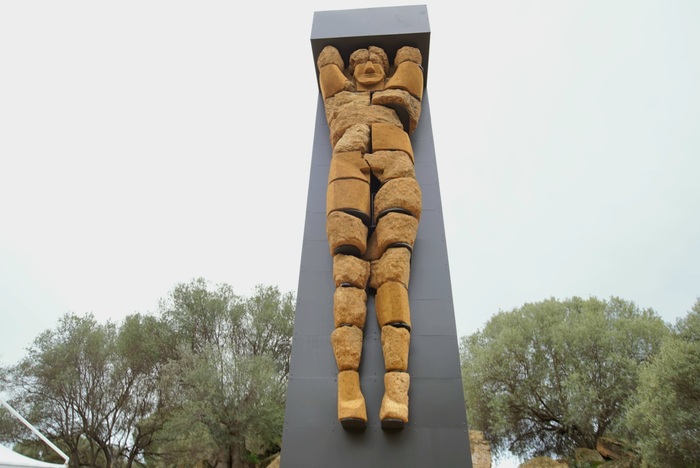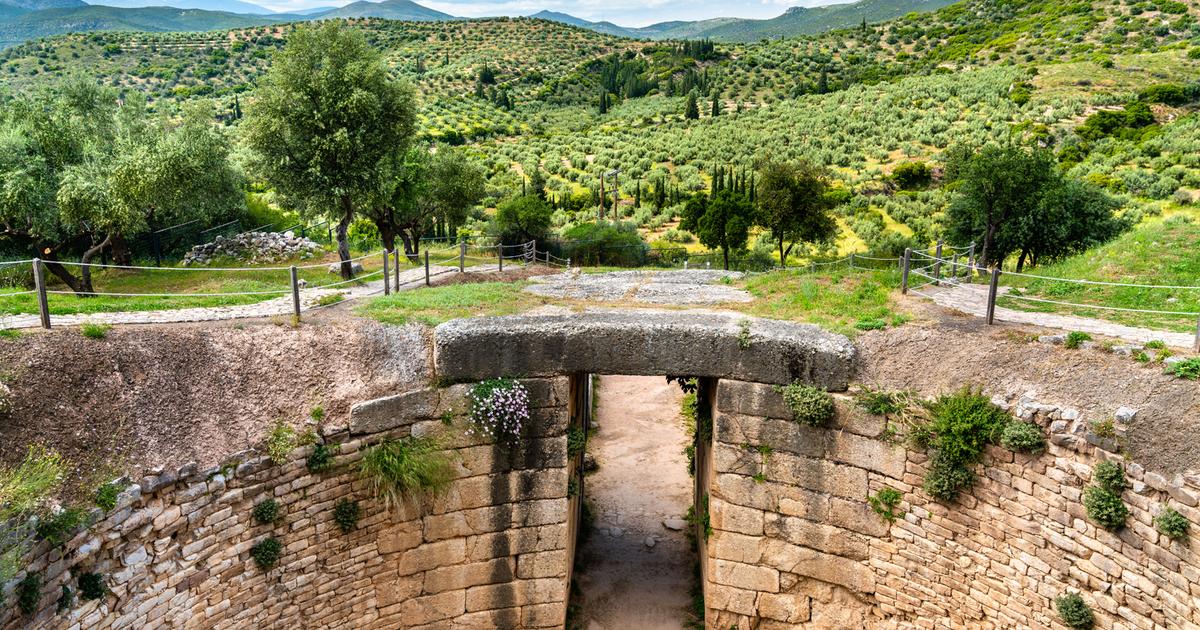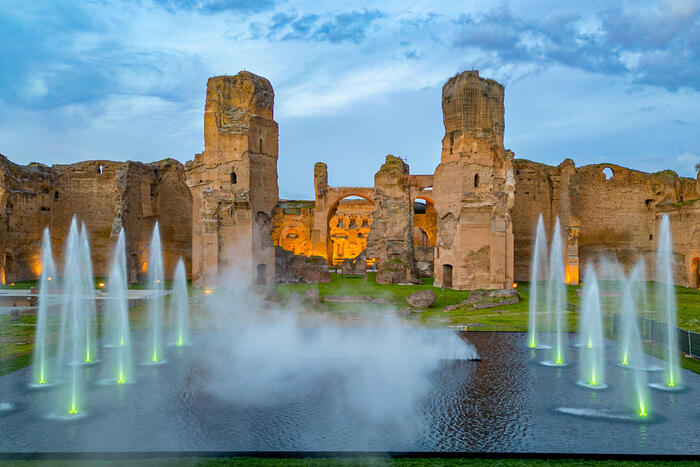Sweida-Sana
The archaeological temple in the village of Busan, located in the eastern countryside of As-Suwayda, is one of the important archaeological monuments in the village, which have successive civilizations and peoples from the Nabataean period through the Roman and Byzantine eras up to the Islamic era and left their traces in every corner of it.
The head of the Sweida Antiquities Department, Dr. Nashat Kiwan, referred to SANA to the historical importance of the Busan Temple, which was built in the Roman era about two thousand years ago and its lower foundations are still preserved under the late stone houses, pointing out that the building in its square has a basilica plan that is likely to be It was a church and house dating back to the post-Byzantine period.
Kiwan indicated that the status of this temple built of basalt stones and its implications formed the incentive for the Sweida Antiquities Department to carry out restoration work with the aim of preserving its historical value, noting that historical documents talk about the existence of about 800 houses in the village at the end of the Roman period.
According to the head of the Sweida Antiquities Department, the village is distinguished by its beautiful stone architectural texture and its ancient buildings built of basalt stone and roofed with ribbed rods carried on basalt arches and arches, in addition to the spread of Arabic writings and inscriptions dating back to the Ayyubid and Mamluk periods.
Kiwan pointed to the richness of Busan village with its monuments, the most prominent of which are ancient towers dating back to the Roman era, the archaeological tower of Busan, which dates back to the Byzantine period, and important archaeological houses from an architectural point of view. Towers were built of basalt stone and roofed with basalt carried on arches.
In the village of Busan, many Arabic writings and inscriptions dating back to the intermediate Ayyubid and Mamluk period were found, which was distinguished by its containment of many dated inscriptions, the most important of which is a historical inscription that deals with Palmyra during the days of the Roman Emperor Hadrian, in addition to inscriptions dated the year in which this emperor came to Syria and some inscriptions The discovery bearing the name of Busan Village.
The village of Busan gains a beautiful tourist site and a moderate climate in summer and very cold in winter, as it is located on a high volcanic mass that extends to the mountainous region and is about 20 km from the city of As-Suwayda, and it rises 1500 meters above sea level.
Suhail Hatoum







/cloudfront-eu-central-1.images.arcpublishing.com/prisa/3TOQKX7CUJEMHBMHIA7GJRIXC4.jpg)

